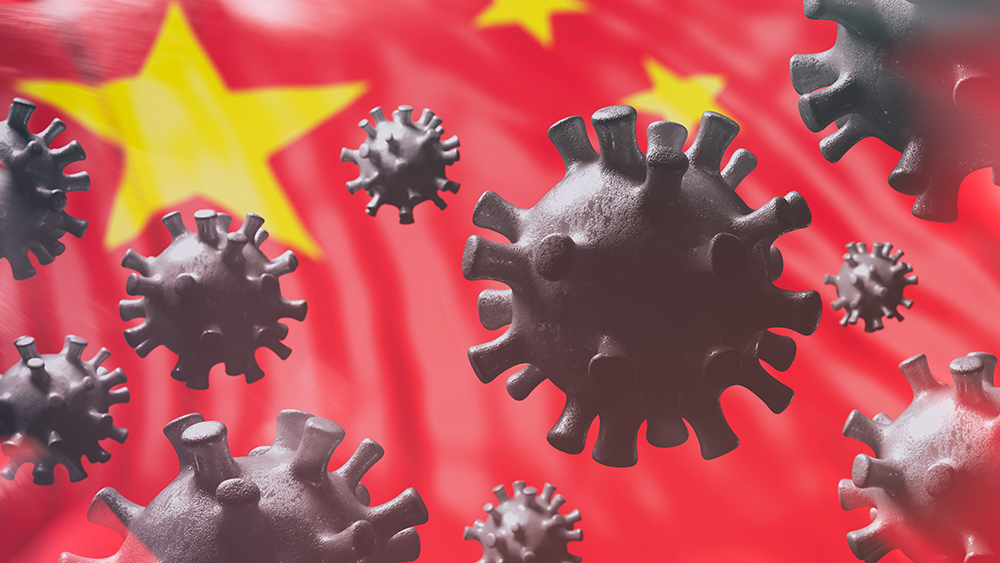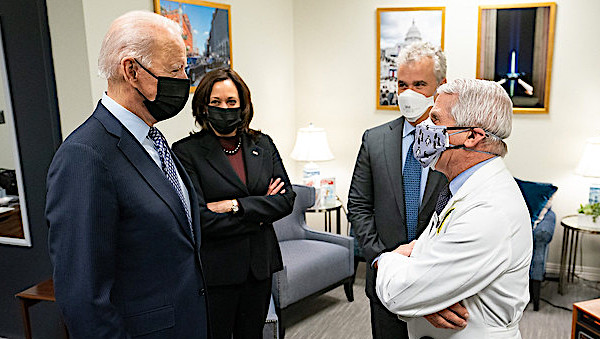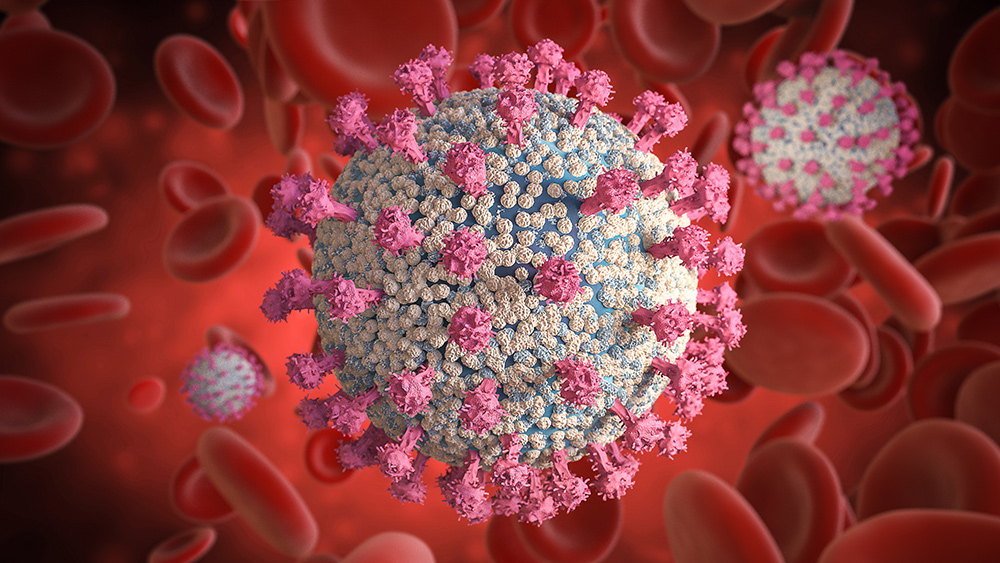Zero-COVID policy having severe effects on Chinese economy
08/18/2022 / By Roy Green

China’s stubborn adherence to its zero-COVID policy has severely affected the country’s economy.
It was highlighted during a citywide lockdown in Shanghai, a global financial hub of over 25 million people. The draconian measure imposed by the Chinese Communist Party (CCP) to curb the spread of the Wuhan coronavirus (COVID-19) lasted two months.
In terms of the reduction of cases, the two-month lockdown was a success as live cases were reduced to hundreds nationwide. On July 11, China’s National Health Commission presented these data: a total of 352 new domestically transmitted COVID infections, 46 new symptomatic cases and 306 new asymptomatic cases.
Considering that China has a population of over 1.4 billion, these figures are minuscule to merit a second look.
But to achieve this reduced level, China paid an exorbitant price that ran into billions of dollars as production, tourism, business and industry slowed down or ground to a halt. Not to mention, of course, the unquantifiable physical toll and mental anguish the long isolation caused the residents accustomed to leaving their residences as they please.
Many went insane or suffered a mental breakdown while some allegedly paid the ultimate price by committing suicide due to depression and fear of starvation.
What’s particularly galling was young children were forcibly taken away from their parents and pet dogs and cats were disposed of with mere suspicion of their owners having the virus and them as possible carriers. (Related: Shanghai defends policy of taking COVID-positive children away from their parents.)
In monetary terms, the lost income and the slashed potential revenue are enough to cripple a small country’s economy – but not a robust one like that of China, which has an industrial added value reaching 31.3 trillion yuan ($4.84 trillion), according to the country’s Ministry of Industry and Information Technology.
The truth is, even before the lockdown was imposed, COVID is already ravaging China’s economy. Only, the CCP thought the situation was under control.
According to the National Bureau of Statistics, China’s economy contracted by 2.6 percent from January to March. Of course, the situation only worsened from April to June with the lockdown in effect.
Reports noted that widespread lockdowns cut the country’s economic growth to 0.4 percent in the second quarter as production and logistics activities were interrupted, making Beijing’s target of about 5.5 percent for the full year increasingly unattainable.
Effects of China’s zero-COVID policy felt around the world
With China being the world’s largest manufacturing country and the second-largest economy, it was a no-brainer that the decreased production and increased distribution time would trigger a ripple effect, particularly in the global supply chain.
Cargo ships got stranded in international ports. Raw materials and finished goods were kept in storage, leading to shortages, backlogs and rising prices of commodities.
With the volume of commodity trade in Shanghai and other major port cities lowered, the scarcity or even disappearance of products labeled “Made in China” from display racks and shelves throughout the world became evident. A bulk of the essential commodity got affected by the lean supply and high demand.
Apart from Shanghai, other economic centers put under lockdowns in China include Shenzhen, Hebei, Hainan and Jilin.
But it was Hong Kong, a special administrative region of the People’s Republic of China, which experienced the most stringent measures and suffered extremely.
Quarantine for travelers went as long as three weeks and it was only recently that it got cut to three days with the hope of luring back the millions of tourists and thousands of businesses and injecting life into its ailing economy.
Many countries have adopted a “live with the virus” stance, but China has deviated from the common route. The CCP is prepared to spend over $52 billion this year for testing, building new medical facilities, purchasing monitoring equipment and imposing other anti-COVID measures.
Whether China can achieve its ideal goal, remains to be seen. But one thing is certain: It will pursue what it has started no matter the expenses and the consequences.
Visit CommunistChina.news for more news related to China.
Watch the video below to find out why a supposed five-day lockdown in Shanghai turned into two months of home confinement.
This video is from the andamon channel on Brighteon.com.
More related stories:
China’s zero-COVID strategy results to food shortages, delays in medical care.
Deaths in Shanghai elderly care facility prove China’s “zero-COVID” strategy is A FAILURE.
Shanghai’s lockdown in pursuit of zero-COVID causing MISERY to residents.
Sources include:
Submit a correction >>
Tagged Under:
big government, bubble, CCP, China, Collapse, commodity transport, communism, economy, lockdown, lockdowns, medical fascism, Medical Tyranny, pandemic, ripple effect, risk, Shanghai, suicide, supply chain, zero covid
This article may contain statements that reflect the opinion of the author
RECENT NEWS & ARTICLES
COPYRIGHT © 2017 PLAGUE INFO





















